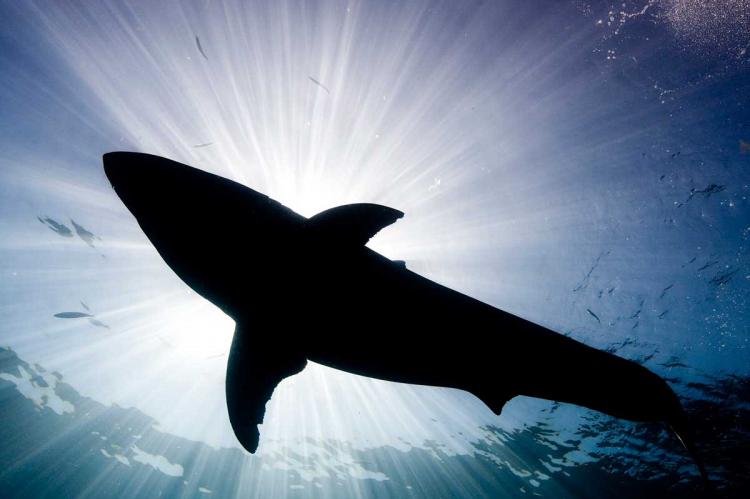Why do sharks lurk around swimming spots?
Australian scientists are trying to find out why man-eating sharks are attracted to popular coastal beaches. Dr Jonathan Werry, a shark research scientist with the Queensland Large Shark Tagging Program, said the movement of sharks into shallow coastal areas was not random.
Queensland's beaches are great places to swim and surf.
However, it is important to be aware that sharks inhabit the coastline, as well as estuaries, rivers, creeks, canals and streams - both saltwater and freshwater.
Follow these safety tips to minimise the chance of shark attack:
- Swim or surf only at patrolled beaches - between the flags and where shark safety equipment is in place
- Obey lifesavers' and lifeguards' advice, and heed all sign and safety warnings
- Leave the water immediately if a shark is sighted
- Do not swim or surf after dusk, at night, or before dawn when sharks become more active
- Do not swim or surf in murky or silt-laden waters
- Do not swim in, or at the mouth of, rivers, estuaries, artificial canals and lakes
- Never swim alone
- Never swim when bleeding
- Do not swim near schools of fish or where fish are being cleaned
- Do not swim near, or interfere with, shark control equipment
- Do not swim with animals.
Bull sharks, tiger sharks and great whites are generally deep-ocean dwellers. But every so often they lurk around popular swimming and surfing spots. Now scientists aim to find out why.
The Queensland Large Shark Tagging Program was initiated under the directive of the Queensland Premier Anna Bligh as is a long-term tagging program which aims to tag up to 150 large sharks.
Selected sharks will also be satellite tagged. The program will provide data on the occurrence of tagged sharks at key sites (primarily beach areas) along the east coast of Queensland.
The program also aims to determine the migratory movements of large sharks both within and beyond the region of study.
Large shark species currently monitored in this program include the Great White, Carcharodon carcharias, the Tiger Shark, Galeocerdo cuvier, the Bull Shark, Carcharhinus leucas, and the Dusky Whaler, Carcharhinus obscurus.


